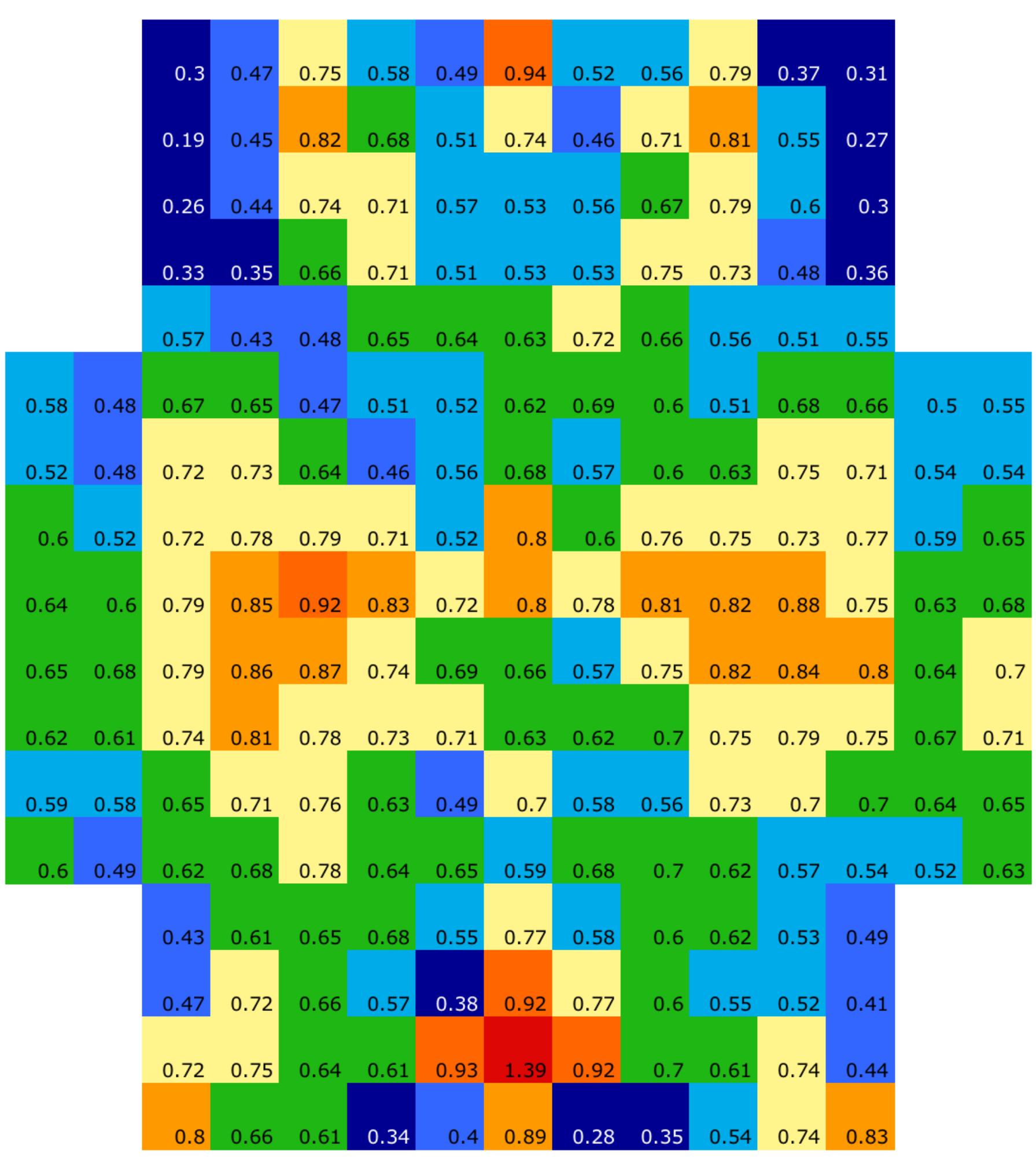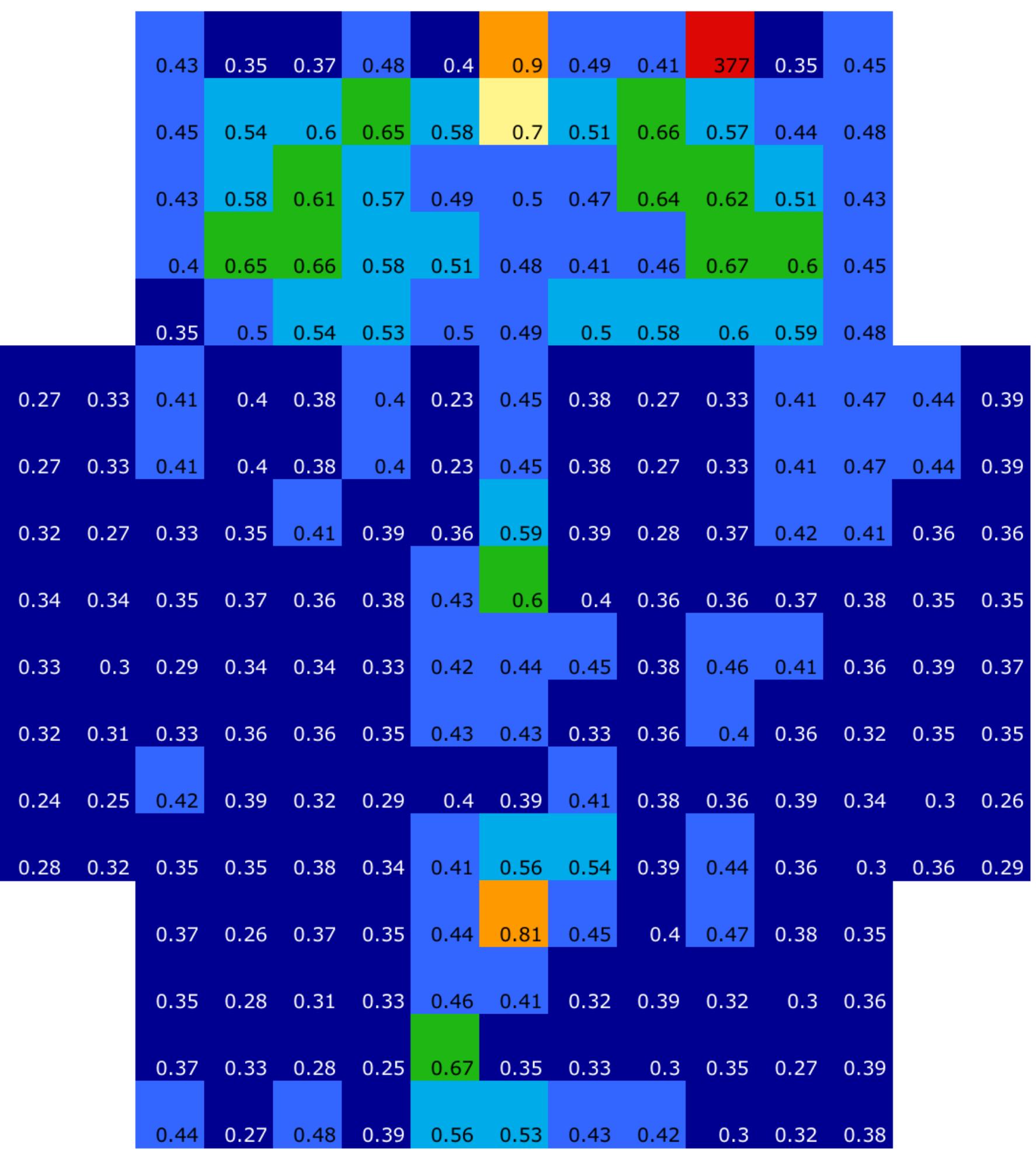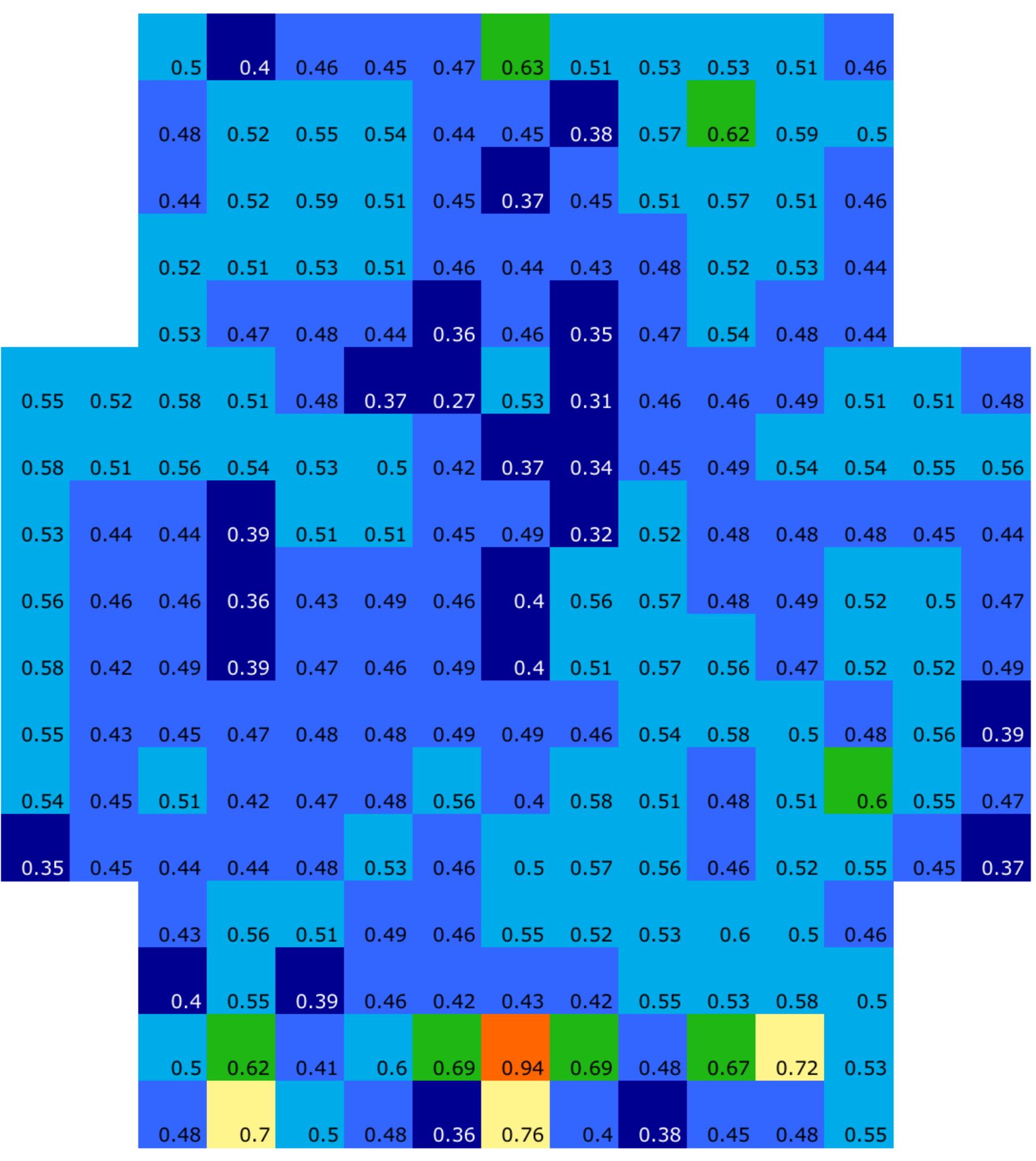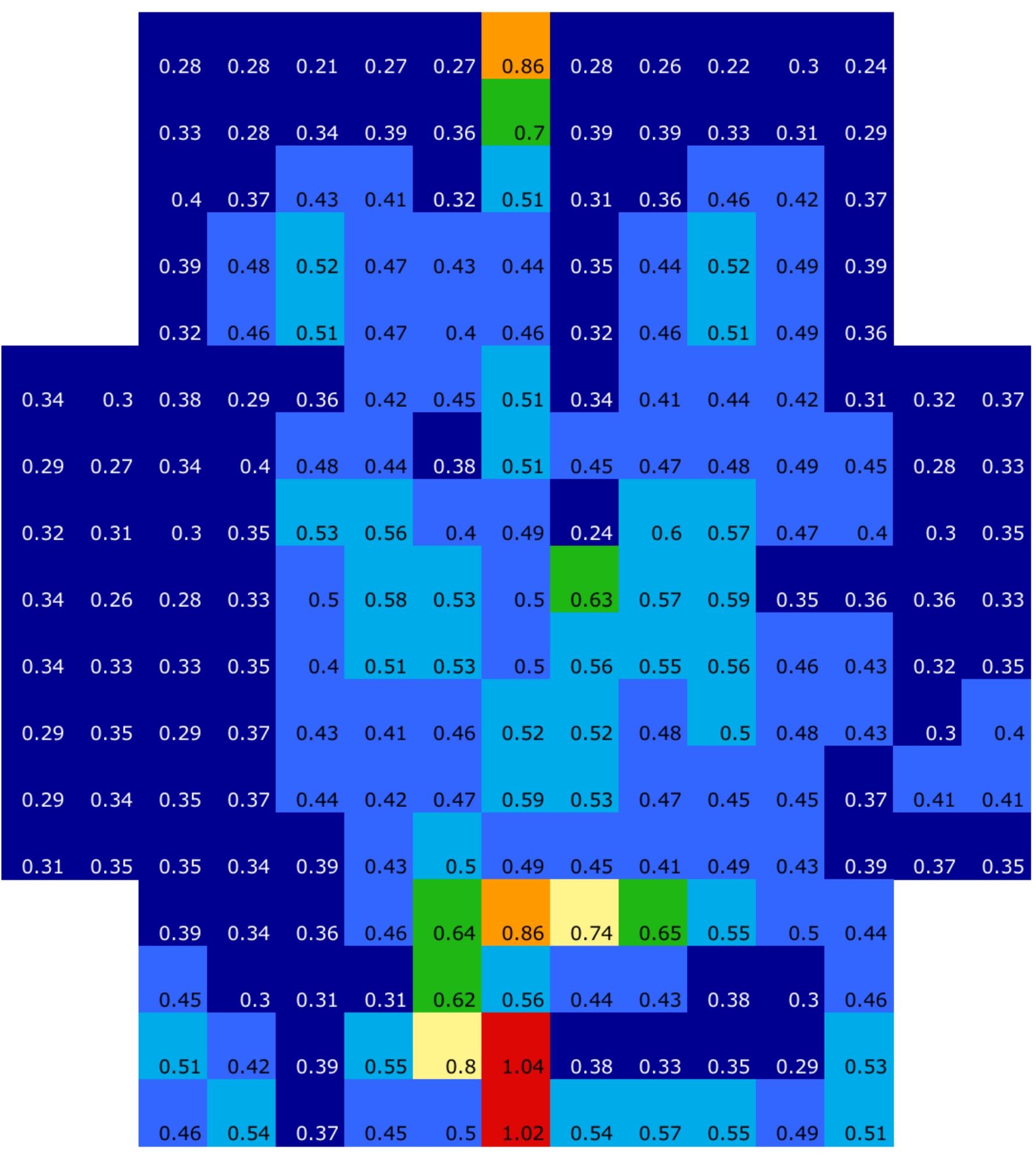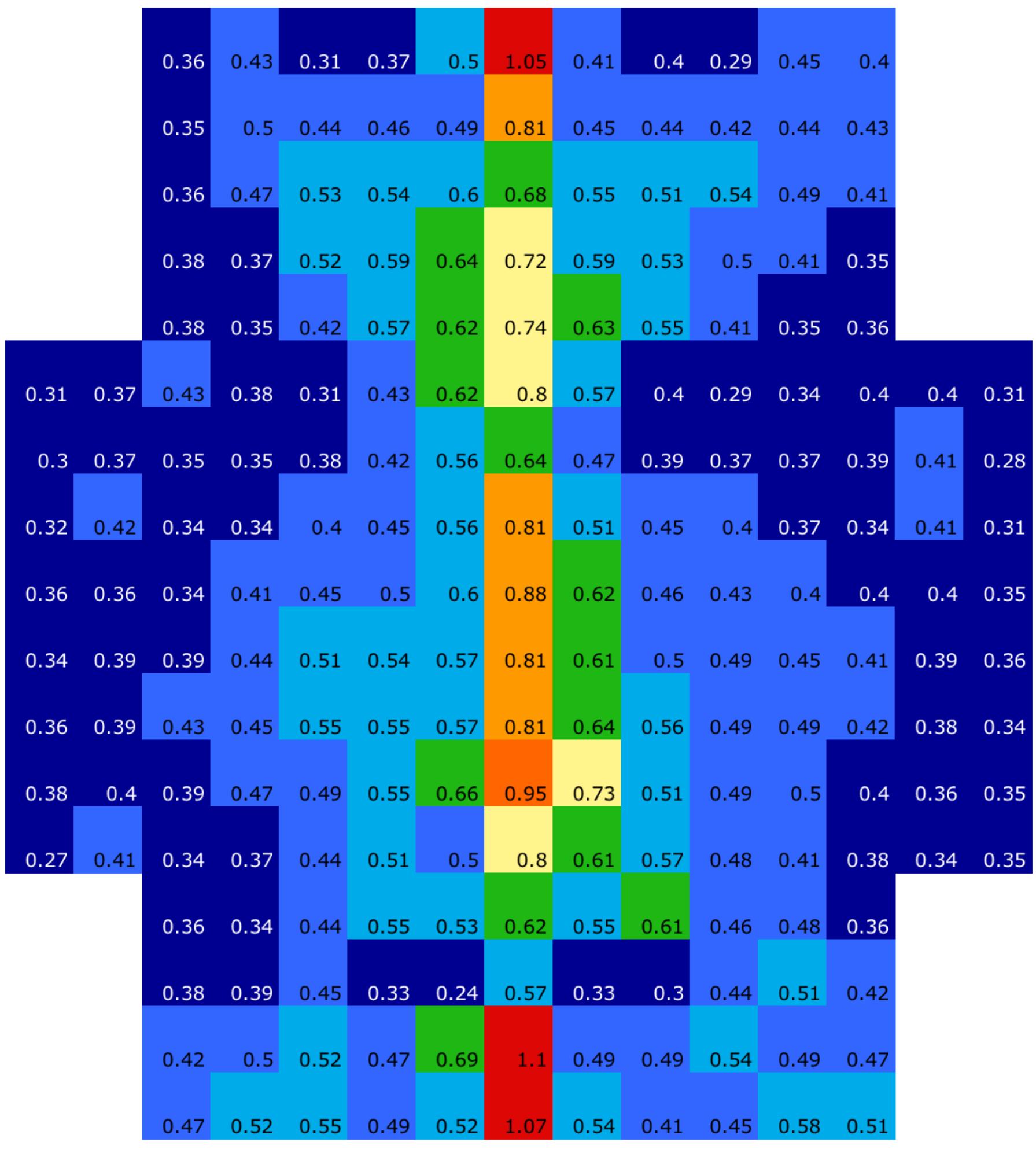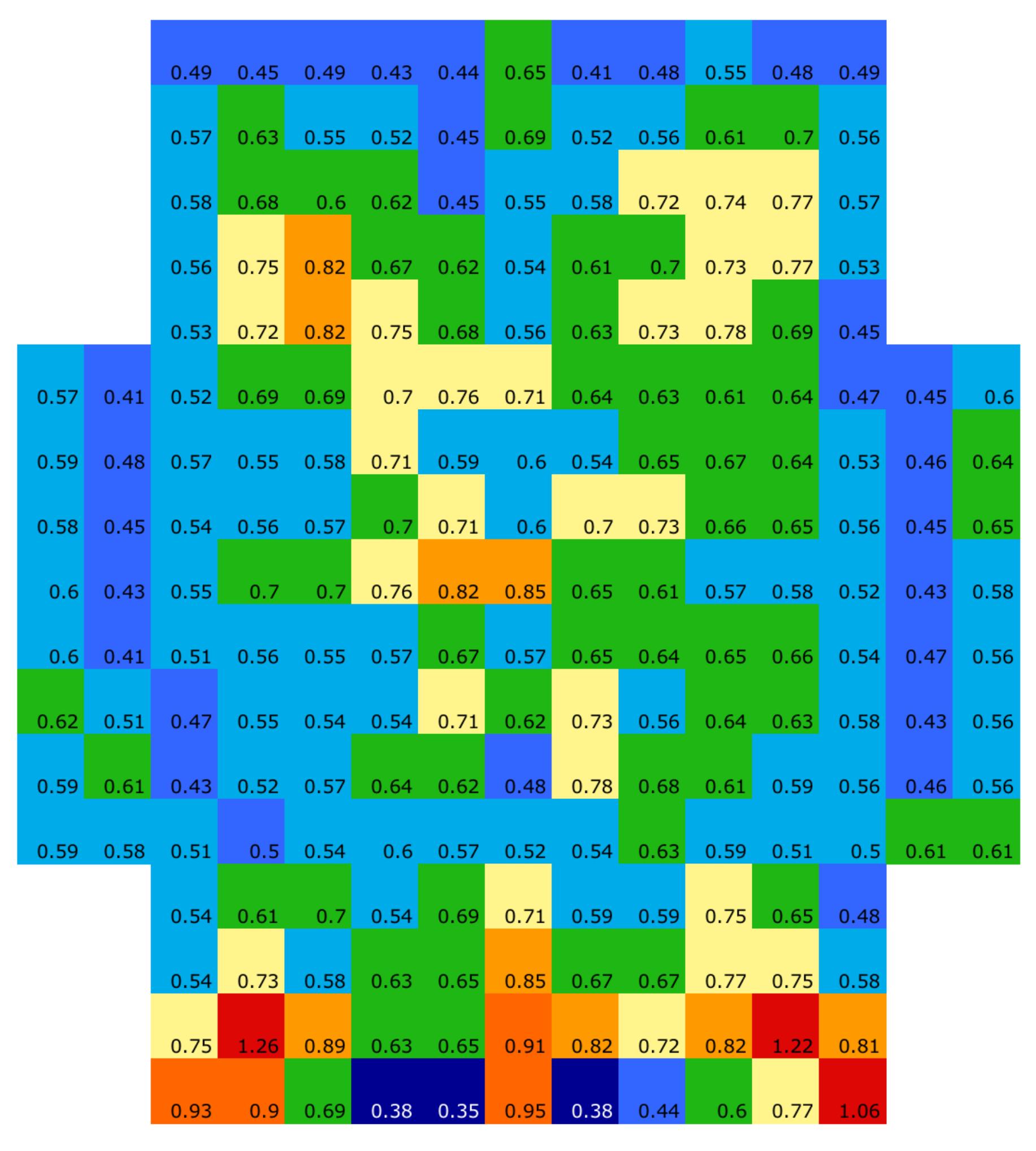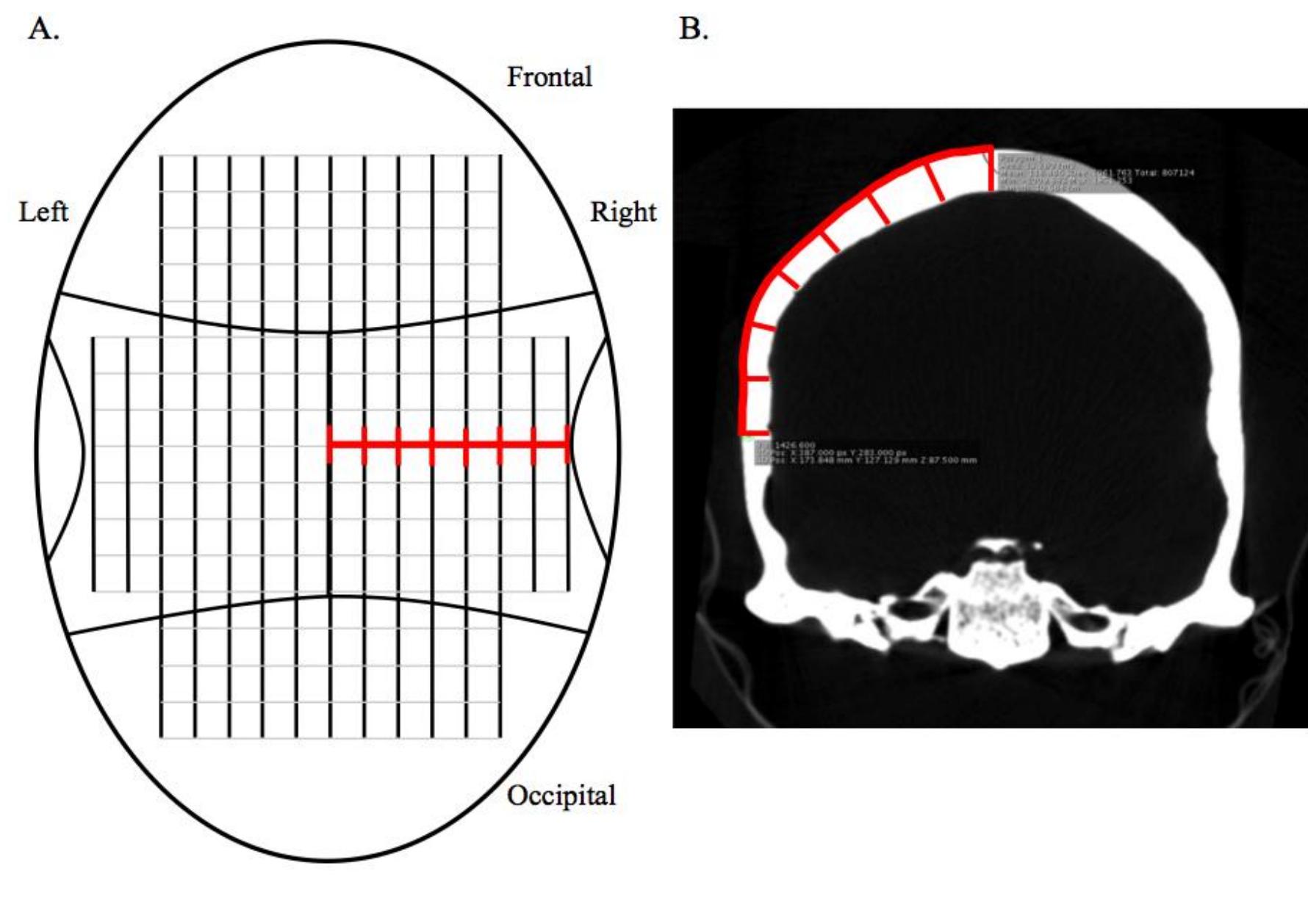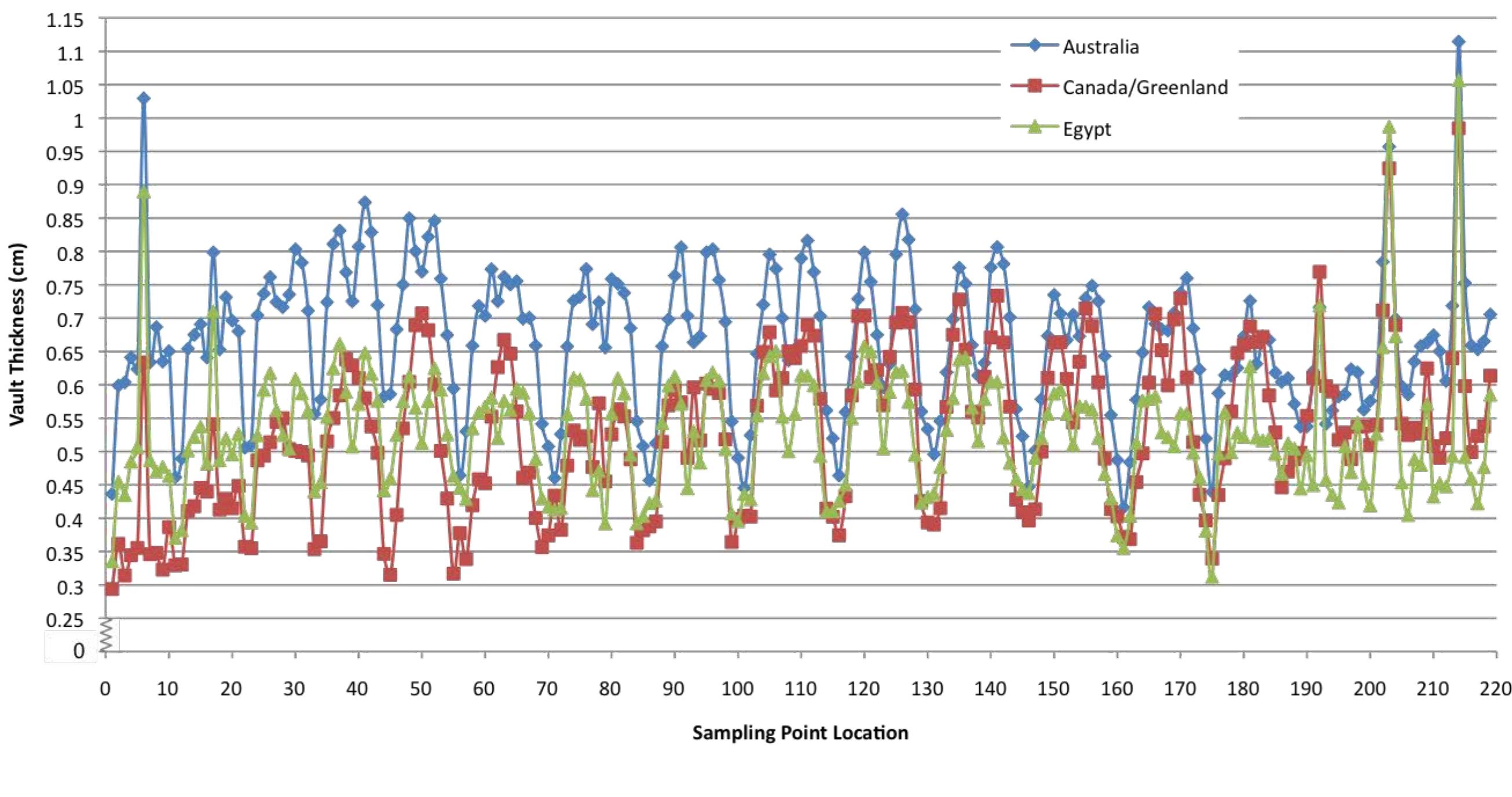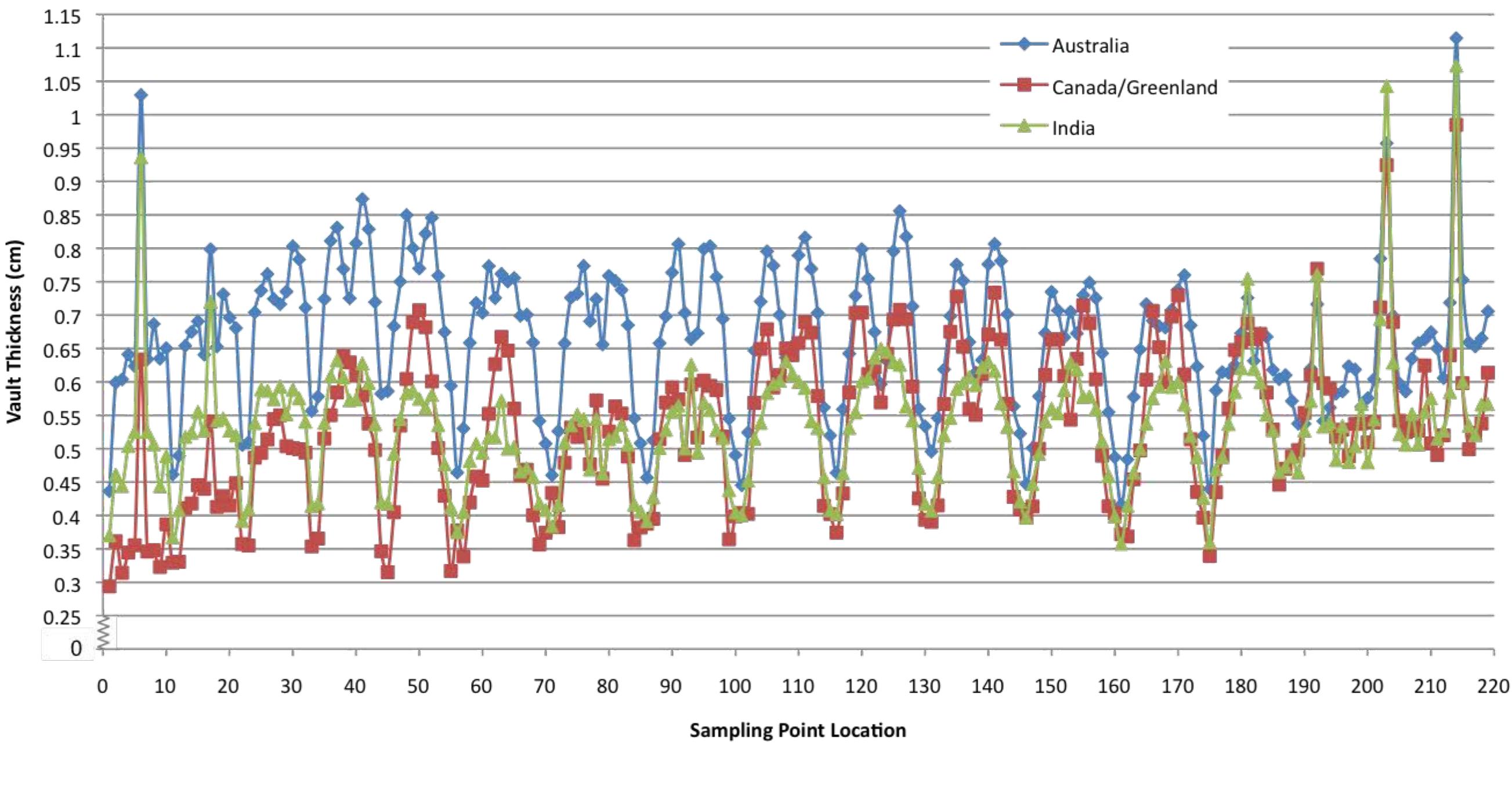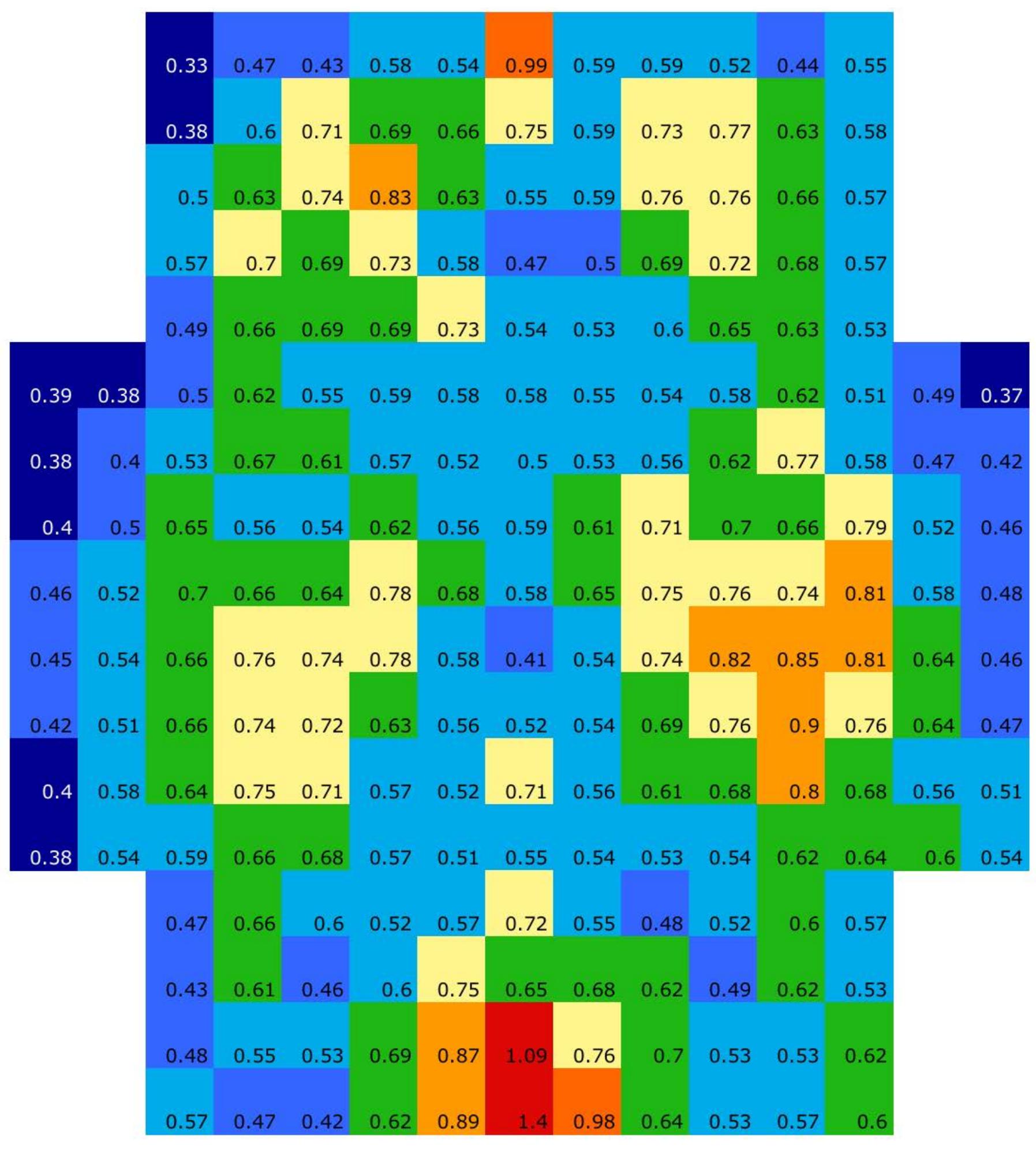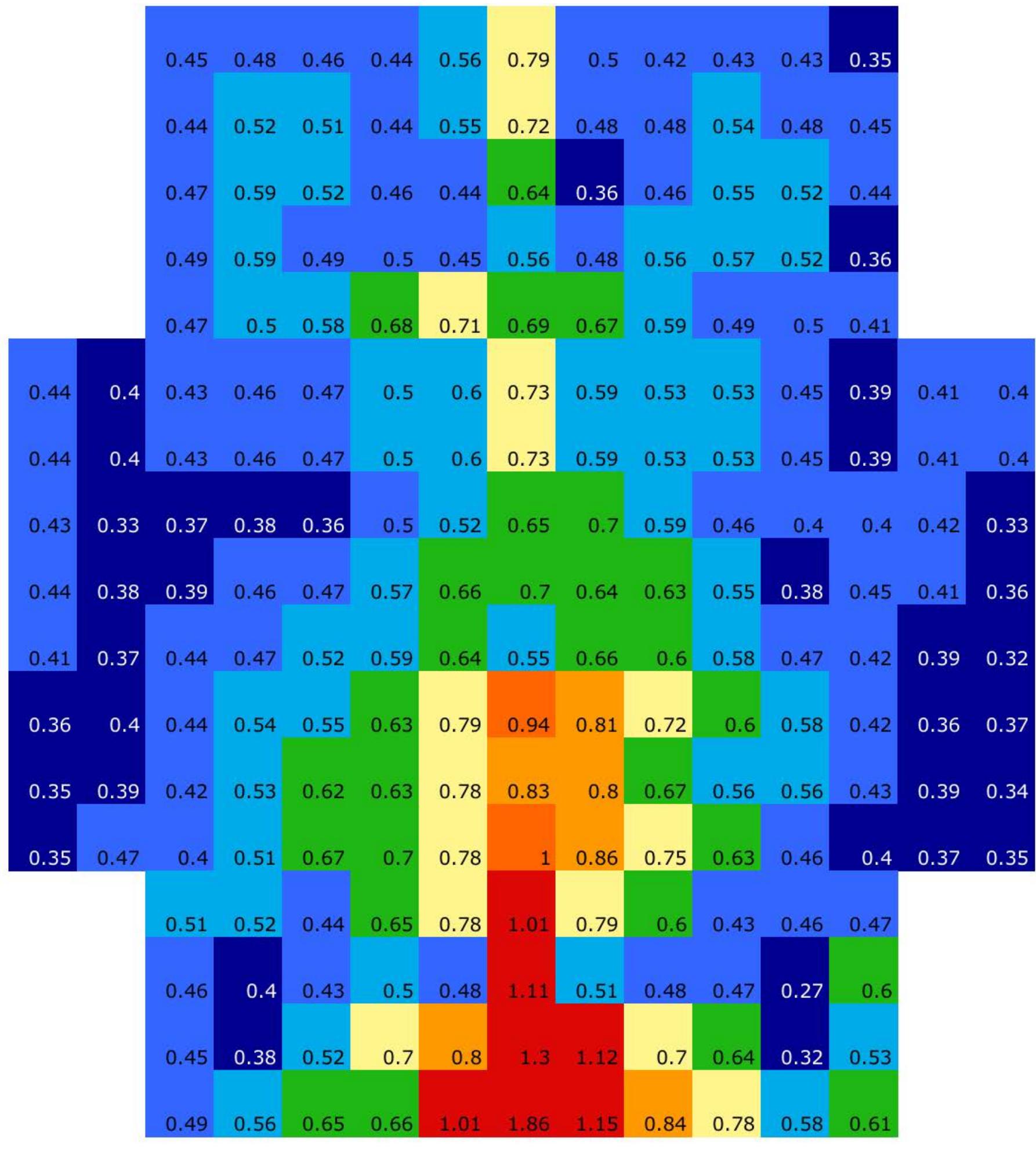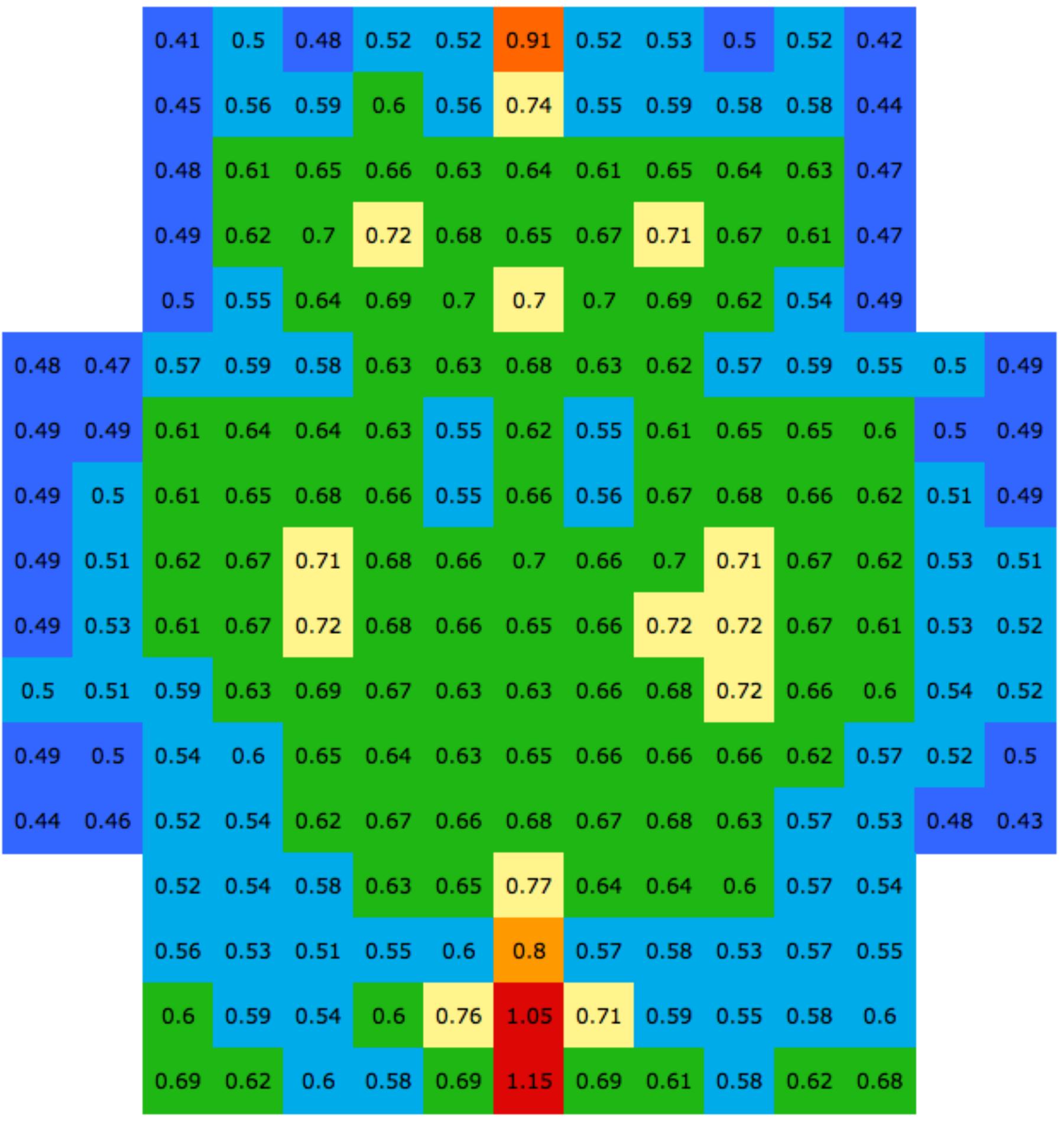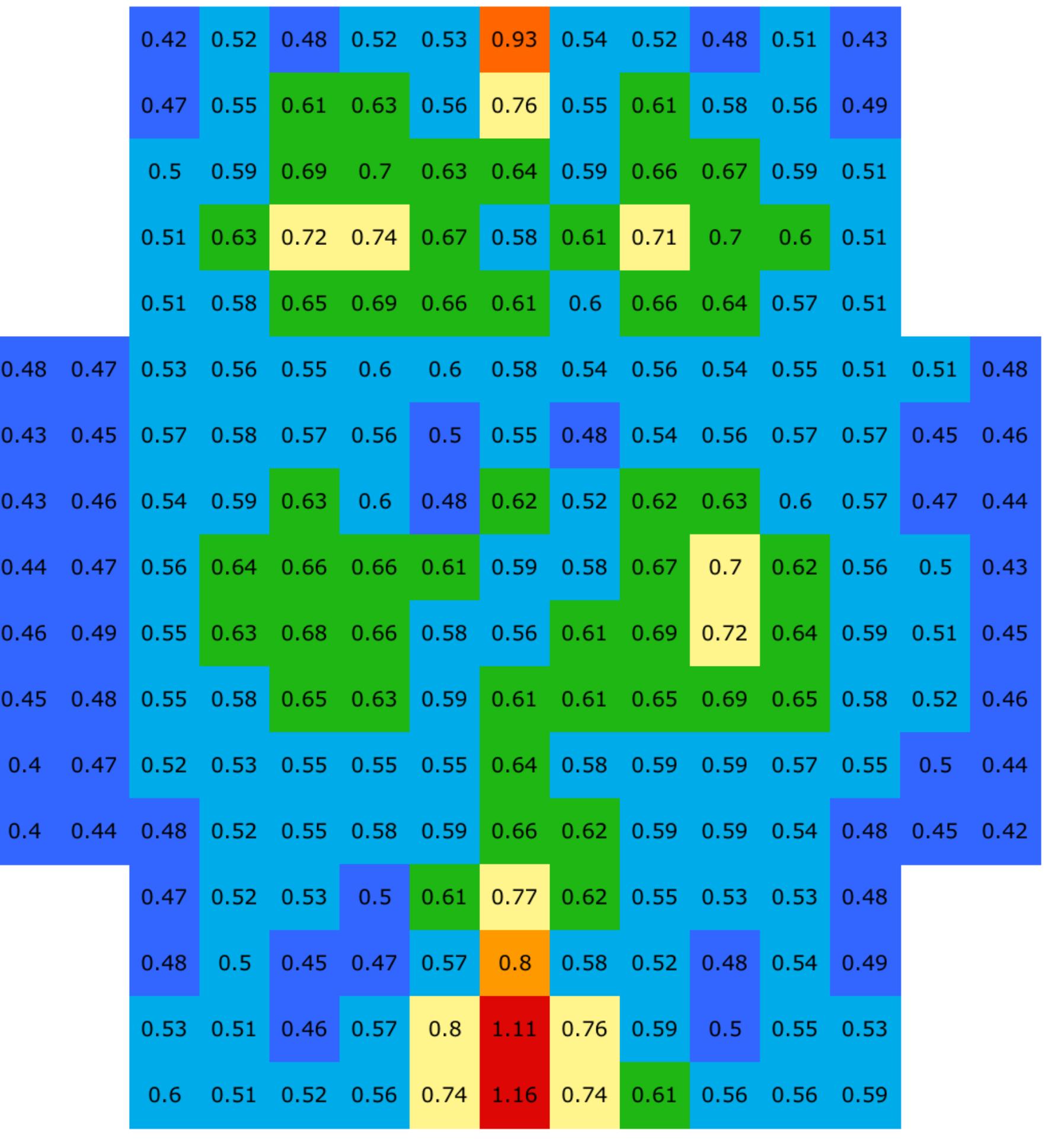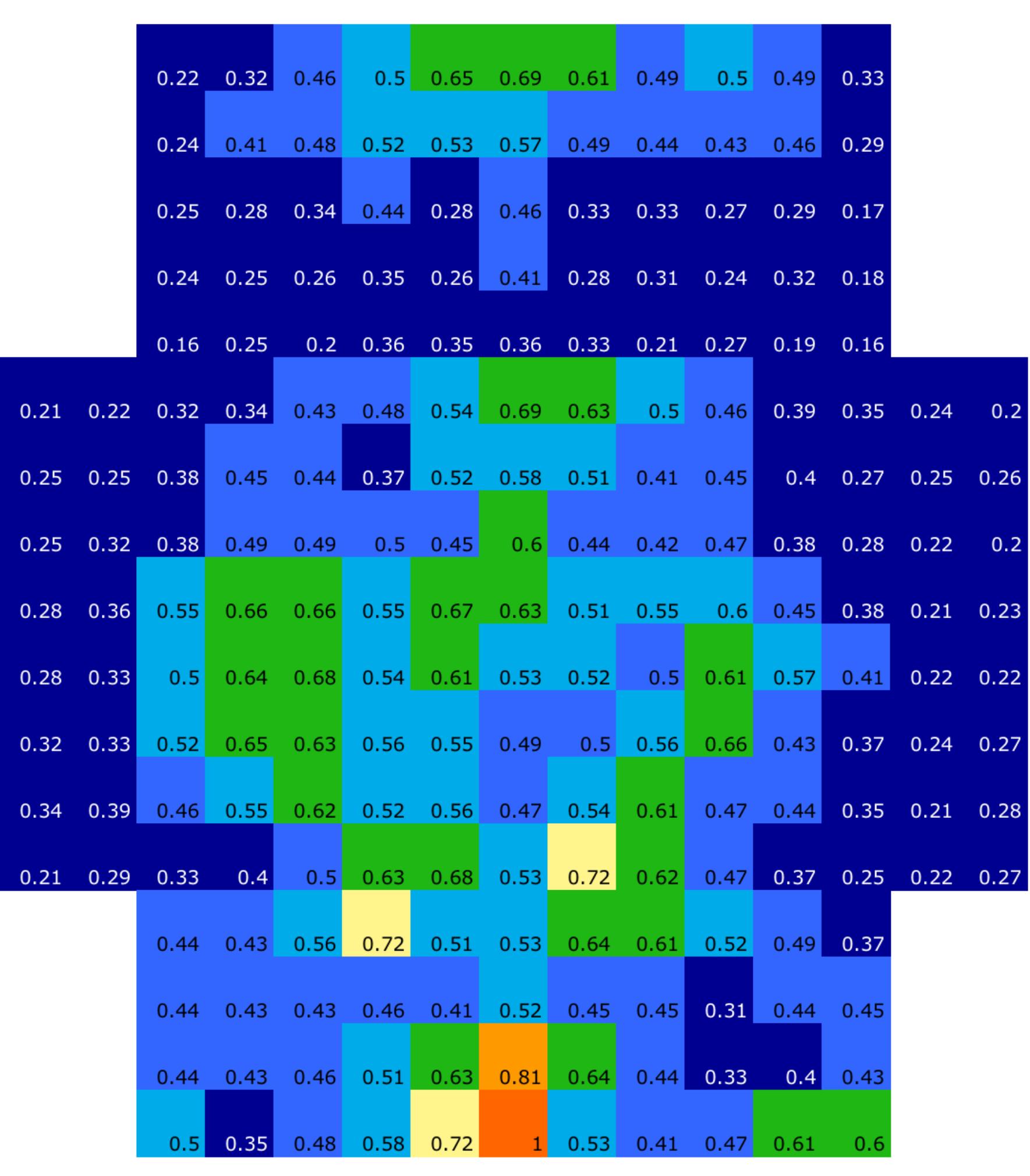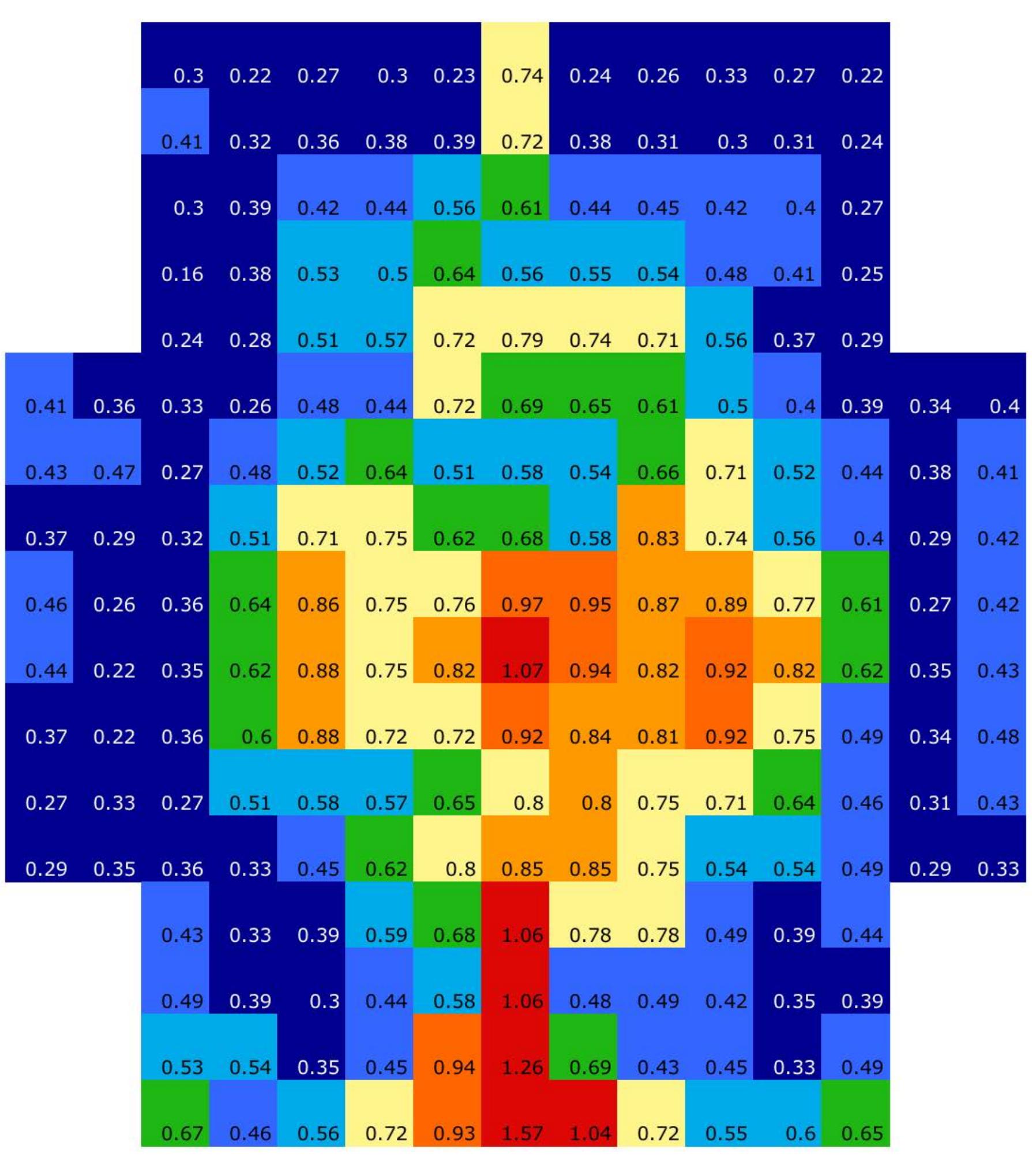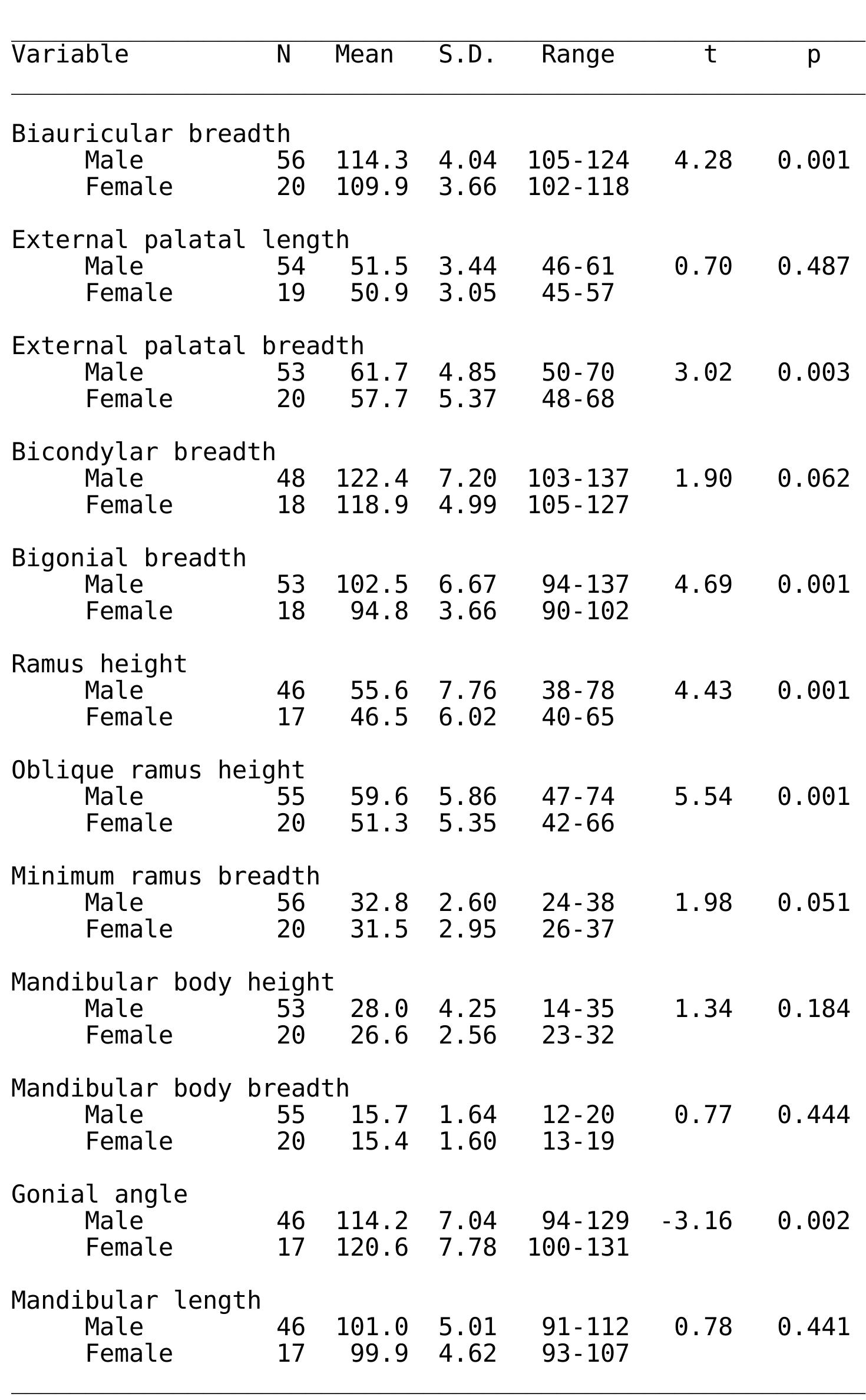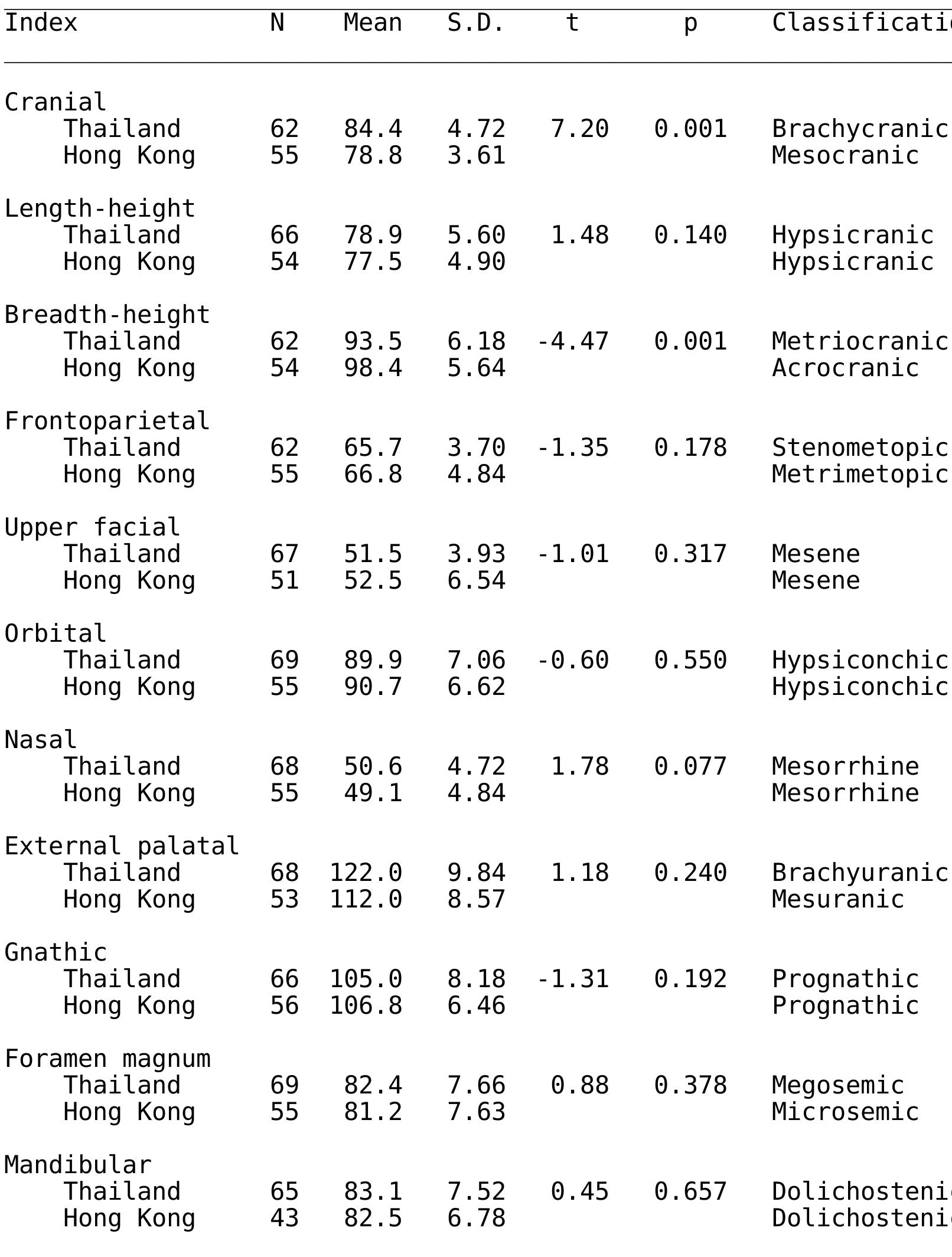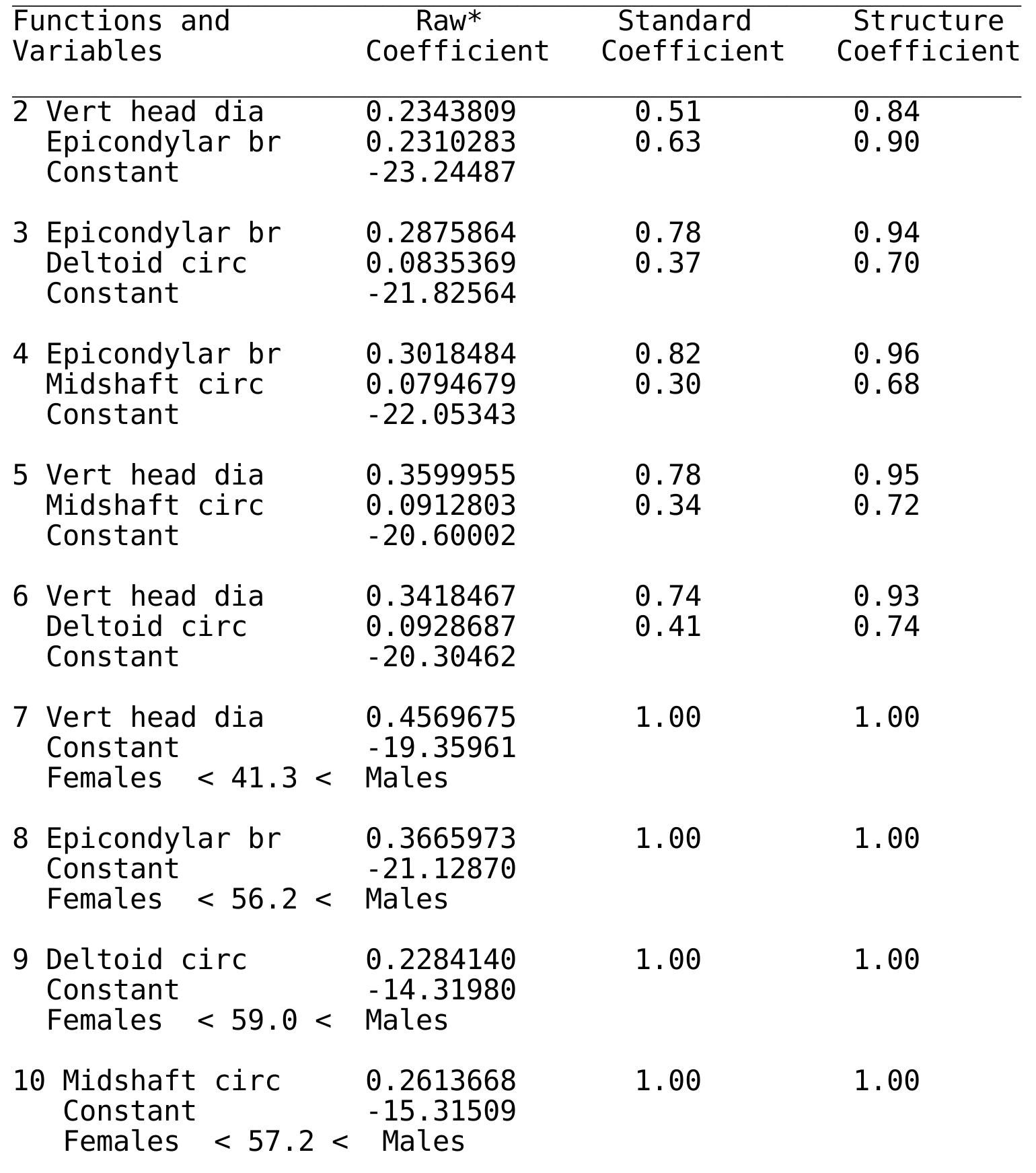Despite great progress in identifying genetic variants that influence human disease, most inherited risk remains unexplained. A more complete understanding requires genome-wide studies that fully examine less common alleles in populations... more
Extensive research in human genetics on presumably neutral loci has shown that the overwhelming majority of human diversity is found among individuals within local populations. Previous apportionments of craniometric diversity are similar... more
The craniofacial skeleton carries out diverse functions served by hierarchically integrated developmental and functional modules. The craniofacial biologist is interested in how the skeleton of the cranium evolves and develops to... more
Evolutionary investigations of human crania typically take a limited view of cranial diversity as they discount the possibility that human cranial variation could simply be due to the effects of random genetic drift, gene flow and... more
Numerous lines of evidence suggest that Homo sapiens evolved as a distinct species in Africa by 150,000 years before the present (BP) and began major migrations out-of-Africa $50,000 BP. By 20,000 BP, our species had effectively colonized... more
We examined the affect of tissue depth variation on the reconstruction of facial form, through the application of the American method, utilizing published tissue depth measurements for emaciated, normal, and obese faces. In this... more
Collagen fiber orientation is one aspect of the microstructure of bone that influences its mechanical properties. While the spatial distribution of preferentially oriented collagen is hypothesized to reflect the effects of loading during... more
Recent analyses indicate that the precuneus is one of the main centres of integration in terms of functional and structural processes within the human brain. This neuroanatomical element is formed by different subregions, involved in... more
The contribution of pre-mRNA processing mechanisms to the regulation of immune responses remains poorly studied despite emerging examples of their role as regulators of immune defenses. We sought to investigate the role of mRNA processing... more
The new paradigms proposed for human health risk assessment stress the need for the use of human and human-derived cell lines, and this review summarizes the use of primary human hepatocytes and hepatocyte subcellular preparations for the... more
ABSTRACT: Cleft lip and palate (CLP) is a craniofacial malformation affecting more than seven million people worldwide that results in defects of the hard palate, teeth, maxilla, nasal spine and floor, and maxillodental asymmetry. CLP... more
Estimates of the amount of genetic differentiation in humans among major geographic regions (e.g., Eastern Asia vs. Europe) from quantitative-genetic analyses of cranial measurements closely match those from classical-and... more
There has been much debate about why humans throughout the world differ in facial form. Previous studies of human skull morphology found levels of among-population differentiation that were comparable to those of neutral genetic markers,... more
Establishing ancestry from a skeleton for forensic purposes has been shown to be difficult. The purpose of this paper is to address the application of thirteen non-metric traits to estimate ancestry in three South African groups, namely... more
One of several microstructural variables known to affect the mechanical properties of bone is the degree of mineralization of bone matrix. The aim of this study was to examine mineralization density, and its variability with age and sex,... more
Population data on the hypervariable regions of the mitochondrial DNA (mtDNA) genome are used to convey the relative rarity of mtDNA profiles obtained from evidence samples and of profiles used to identify missing persons. In this study,... more
Objectives: The majority of anthropological studies on dermatoglyphics examine the heritability and inter-population variation of Level 1 detail (e.g., pattern type, total ridge count), while forensic scientists concentrate on individual... more
Past Human Behavior from Bone Chemical Analysis-Respects and Prospects Chemical analysis (stable isotopic ratios and elemental concentrations) of archeological populations allows us to trace the human diet system in prehistory. We can... more
Objectives: The midface of extant Homo sapiens is known to undergo shape changes through fetal and neo-natal ontogeny; however, little work has been done to quantify these shape changes. Further , while midfacial traits which vary in... more
"It is argued in this article that the human body both in health and disease cannot be fully understood without adequately accounting for the different levels of human variation.The article focuses on variation due to ancestry, arguing... more
Mitotic recombination (MR) between homologous chromosomes is a mutational event that results in loss of heterozygosity in half of the segregants at mitosis. Loss of heterozygosity may have important biological consequences. The purpose of... more
The ratio of second-to-fourth digit length (2D:4D), which is generally higher in women compared with men, is a putative marker of prenatal testosterone (PT) exposure. Lower 2D:4D is linked with greater physical ability and strength,... more
Human intraspecific variation is a complex problem, but may be better understood by using computational models in tandem with knowledge about the genetic bases of phenotypic traits. These results can be used in a multitude of settings. To... more
Cranial vault thickness (CVT) has been reported at many different osteometric landmarks and features on the vault. Historically, only a few landmarks are used, often bregma, lambda, vertex, and right and left euryon, and frequently... more
Abstract: This paper presents data from a sample of 803 individuals (308 females and 495 males) from the Hamann-Todd collection testing Dwight’s century-old assertion that maximum height of the human scapula can be used for sex... more
Against the background of the race debate and the principal elements of the current understanding of human intraspecific variation, we present the status of the race concept in Polish anthropology. Using questionnaires, we twice surveyed... more
In this study, we investigated, for the first time from a forensic anthropological perspective, the question of mixed ancestry estimation for modern Filipinos with geographic origins in the Philippines. We derived estimates of continental... more
Background: Femoral sulcus angle is particularly important in clinical evaluation of patellofemoral joint. Individuals show considerable differences in asymmetrical dimensions of the femur. Objectives: To determine the size of femoral... more
Cranial and postcranial research on East and Southeast Asians has shown population variability between and within these two regions. Moreover, as populations vary by sex, sex differences vary by population. The purpose of this study is to... more
Before deciding someone must be racially different, "Stop, Look, and Listen."
Background Sitting height (SH), sub ischial leg length (SILL) and the sitting height/leg length ratio (SH/SILL) are useful tools for assessing human body proportions. They are often used to detect the presence of abnormal growth,... more
Lip print pattern (LPP) is unique to each individual. For decades, forensic experts have used LPP for personal identification to solve criminal cases. However, studies investigating ethnic variation in LPP are scanty. Our study wanted to... more
Paleomigration into the Americas’ has mainly focused on using craniometric data from specimens from the USA or South America with very little focus on Central American countries. Also, research has normally concentrated on specimens from... more
Shape analysis of the human orbital cavity is challenging due to several reasons. First, it is a smooth surface where only few anatomical landmarks can be identified. Second, data acquisition via CT-scanning is limited due to poor... more
















![Fig. 2. This line graph illustrates the facial pattern profile graphed from Z-scores for midline and right lateral anthropometric facial measurements. The faces follow similar patterns while being small for many measurements when compared to a large reference population [27].](https://figures.academia-assets.com/11512/figure_003.jpg)
![Landmarks for facial reconstruction [7] Table 1](https://figures.academia-assets.com/11512/table_001.jpg)
![Anthropometric measurements and landmarks used in quantitative analysis [27] Table 2](https://figures.academia-assets.com/11512/table_002.jpg)













![Cross tabulation for the interaction between sex and ancestry for nasal bone contour, nasal aperture width and inter-orbital breadth. culture, language, ecology and geography have been shown to influence the pattern and direction of this variation in both modern and historical populations [3,12-14]. In other words, sex, age at death, and date of birth also contribute to the variation that is observed in and between groups.](https://figures.academia-assets.com/39665994/table_005.jpg)







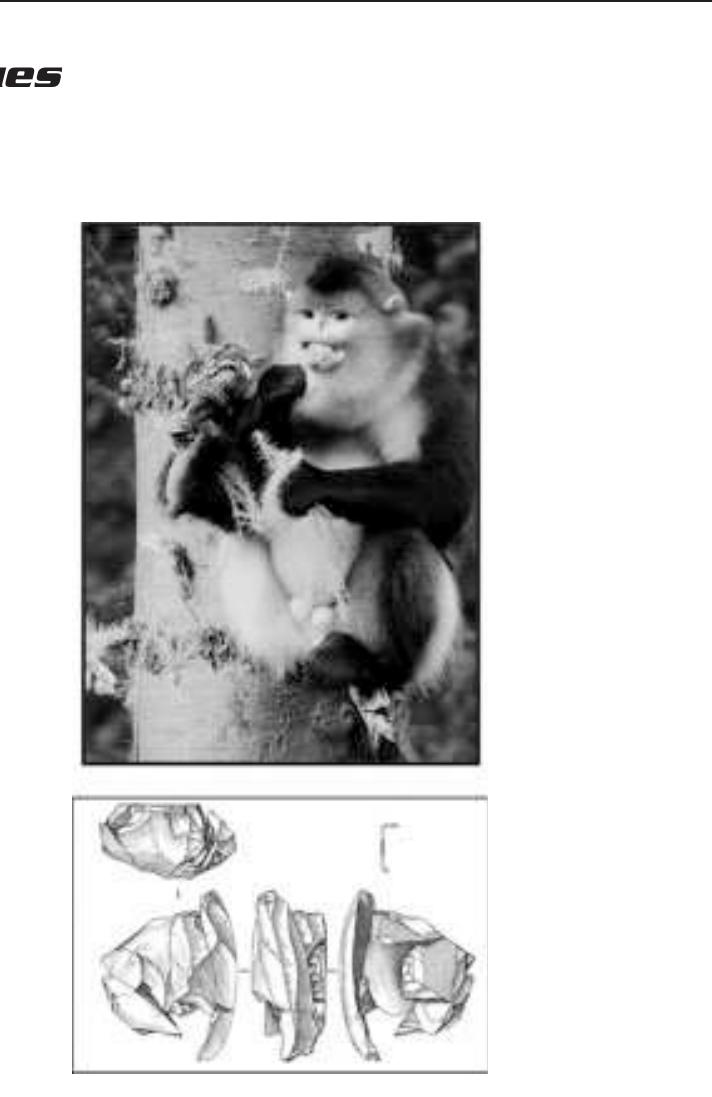
![Fig. 1. Pattern types. [Color figure can be viewed in the online issue, which is available at wileyonlinelibrary.com. ]](https://figures.academia-assets.com/44086523/figure_001.jpg)




























